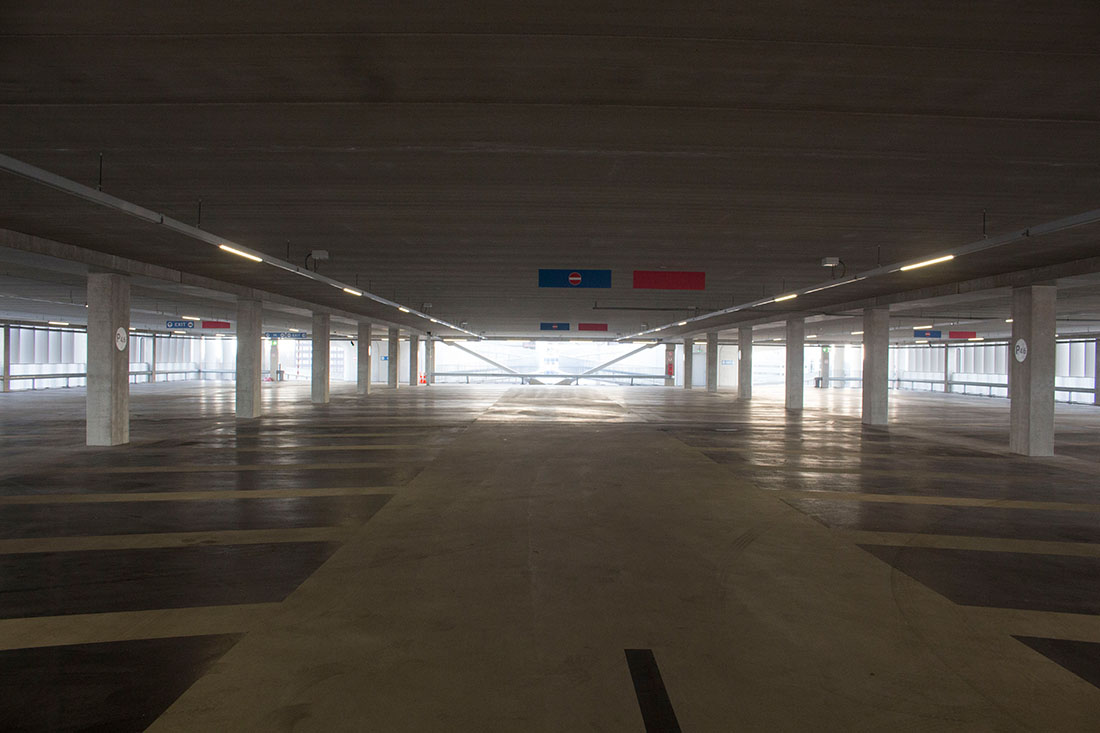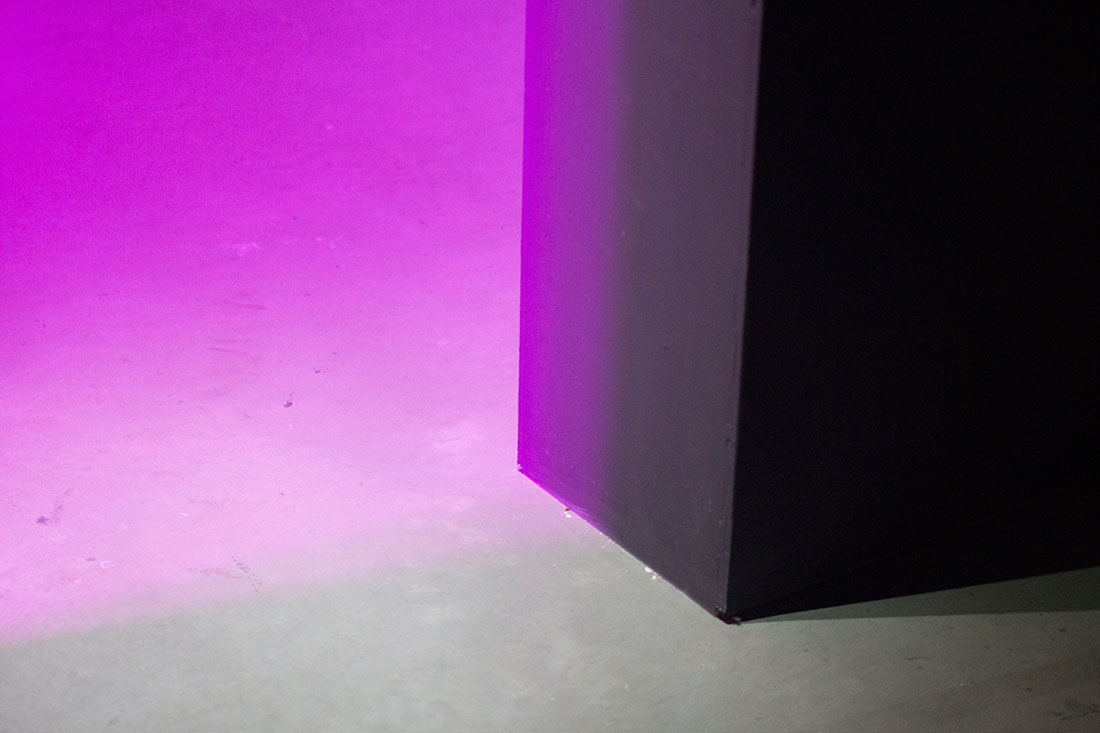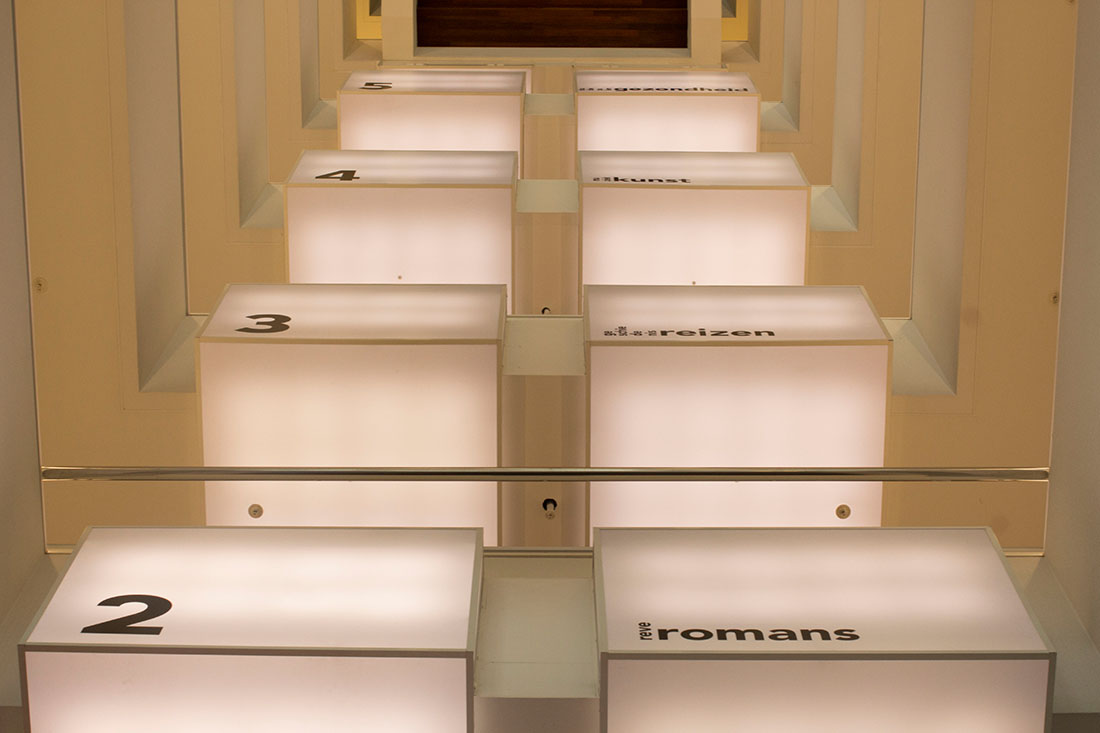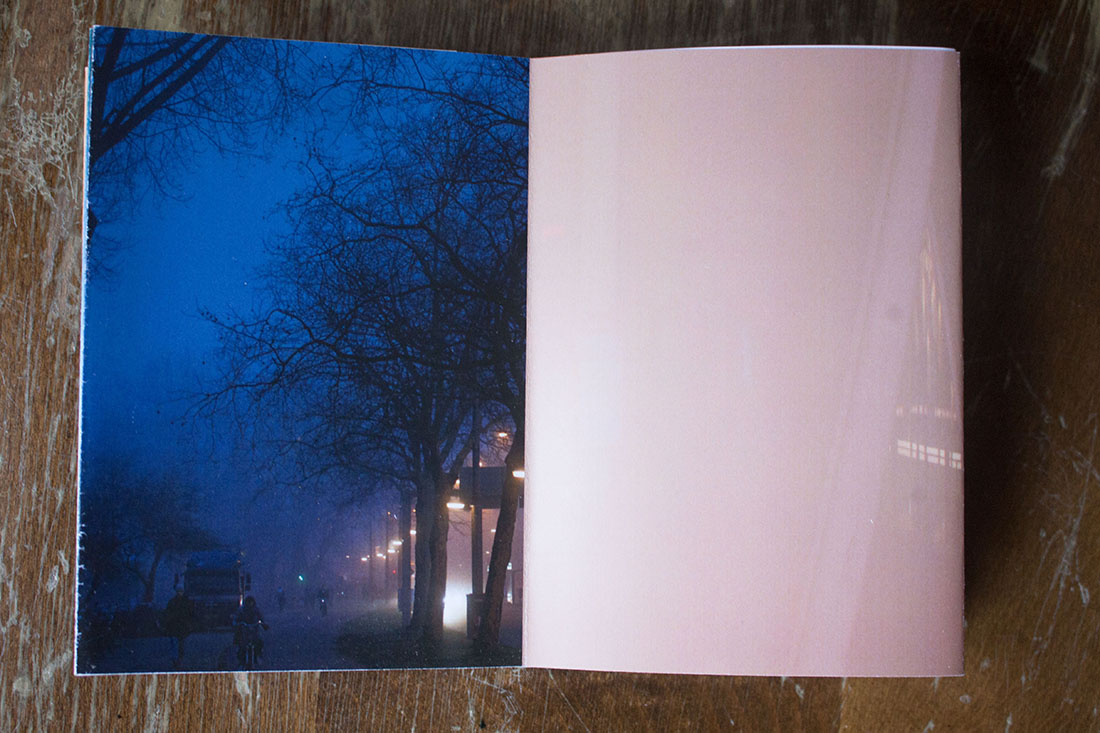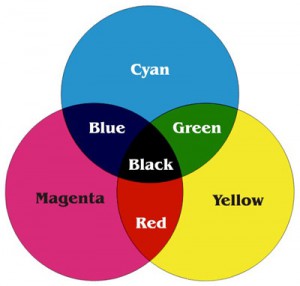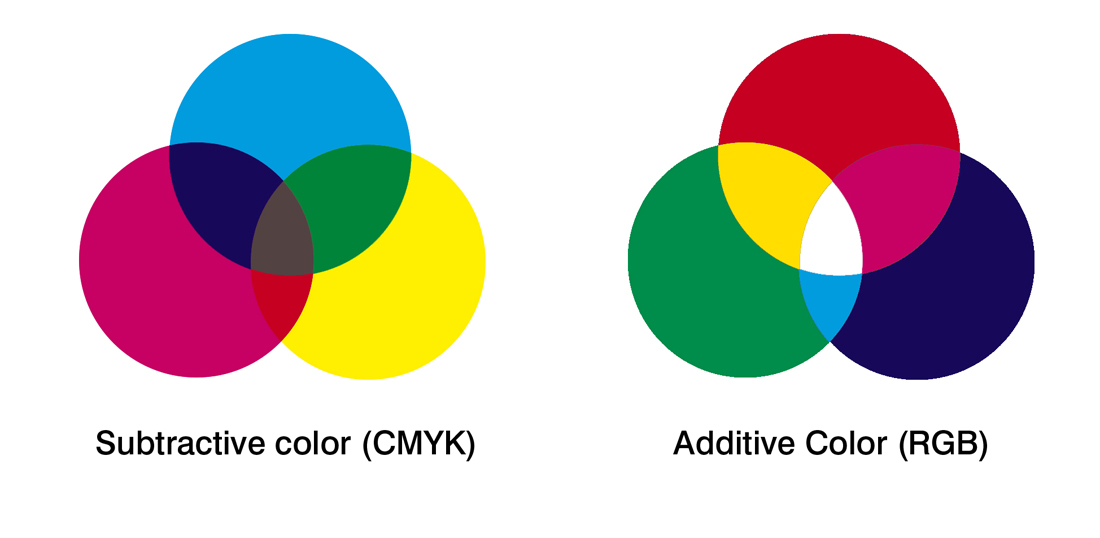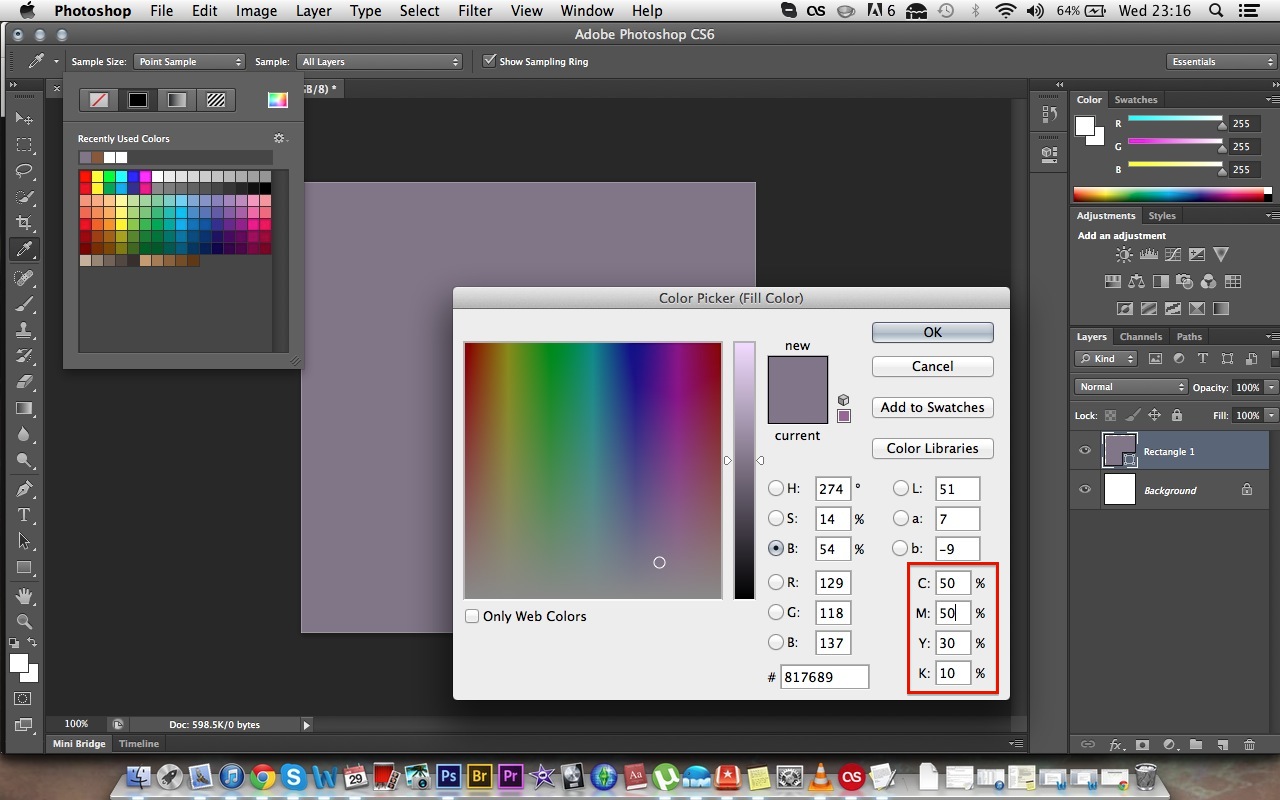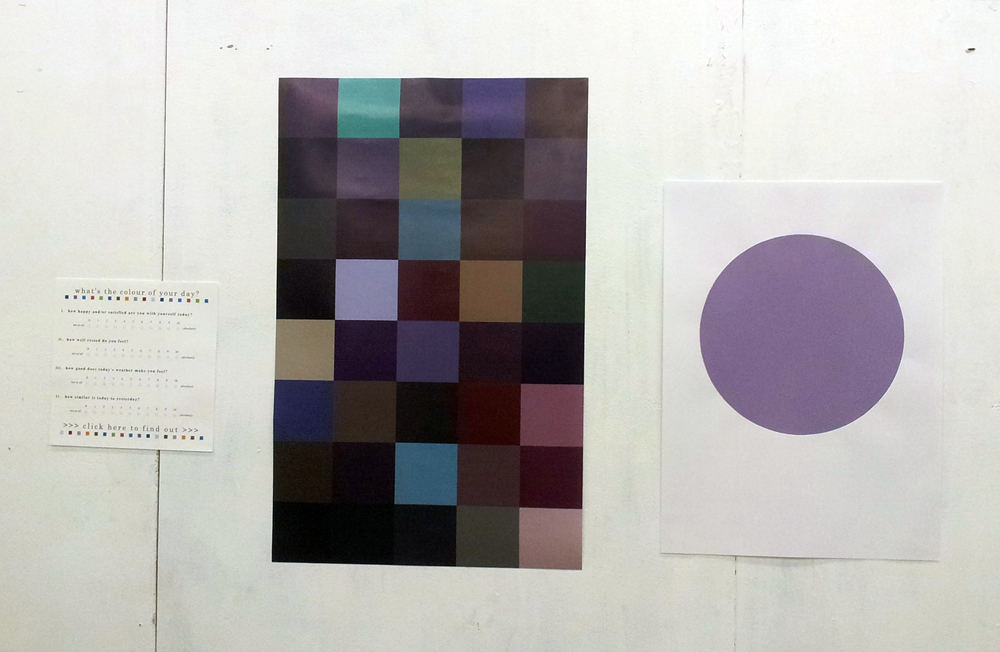There’s more then just a simple white, the daylight is very different from the morning to the evening, there is warm white light and more cold to very blue light. This warmth in light is defined in the Kelvin scale. Buying a light bulb you can decide the color temperature. What interested me was how light is used in different spaces. Therefore I searched in the internet for extreme examples of light. That’s how they look next to each other:
Even what we think of as white can be different. Some people are very aware of these differences for most of us light is just there and we don’t really care about it. Even if flickering LED’s in offices produce physical stress or candlelight can make someone look more attractive. In my color system I want to make these differences visible. I made a list of places that possibly show them:
Museums, Libraries, maybe private kitchens or restaurant kitchen and offices. I wanted to visit three of each to be able to compare them.
Public spaces are often aware of the kind of atmosphere they want to create. A library wants to be inviting, a museum wants to direct the visitor to the artworks and in other places it could be more about having enough light and not so much about the atmosphere.
I took my camera and started photographing my first stop was not on the list, but close to Rietveld. A parking lot. I saw a lot of flickering LED lights, green lights from the electronic car chargers and blue lights in the elevators. It was day but by night is must feel a bit scary there. Next to photos of light the photos became more and more architectural.
The architecture of the places continued to play a role in the next pictures too. In the Eye Museum it was dark with a lot of projections and also purple light. That was the point where it went away from only the spectrum of white lights. The purple light was nicely cut by the edges of the building and created beautiful shadows.
To stick to my list I went to three different libraries. With a lot of warm and yellowish light. The photos I chose in the end where mostly from the central library.
In the end I did not visit all the places but I had a feeling of continuing the collecting without any direction, so I wanted to have a format to put them before taking more pictures. I chose the Leporello. With not much experience in book binding I wanted to try a new format that’s easy to teach myself. The part where I struggled the most was still to come. Making the selection of my photos and arranging them.
I printed the photos out, cut them in the middle and rearranged them. I wanted to select them by a similar place or color, but when I printed them out I found it more interesting to combine the different ones. Now it was a bit like puzzling the photos together and making two rows for each side of the Leporello. Some of the photos from really different places fitted very nicely together. I was happy about the selection, and didn’t want to compromise them more. From the printed photos I went back to the computer and fitted the photos on A3 sheets, so each photo was about a size of 15cmx 21cm. What I realized after the printing is that in this size the photos not really matched the format any more. I still wanted to see how they looked as a finished thing. So I started putting everything together.
Looking back on it now, the Leporello is a step in the process. I found it difficult to find the right frame for it and to make the step after having a selection of photos. I put the Project to the side, because I did not have an idea how to change it. Since I started writing down the process I think about continuing with the color system. I thought to make more pictures that have green, blue and red light. Which are on top of each other white light. I thought about my presentation of the discovery of Maxwell and tried to split one of the photos I liked most into the three basic colors. I printed it on transparent sheets and hold them into the light. The result I liked a lot and I thought to use them as a cover for a new booklet. Maybe not a Leporello and probably a bigger size. The next step is to take my camera and add the missing photos to the selection. What I learned from the last time is to be more selective about the photos and what I missed was to have a specific eye on what photos I’m looking for. To make the book look more finished I want to visit the bookbinding workshop instead of DIYing everything.

